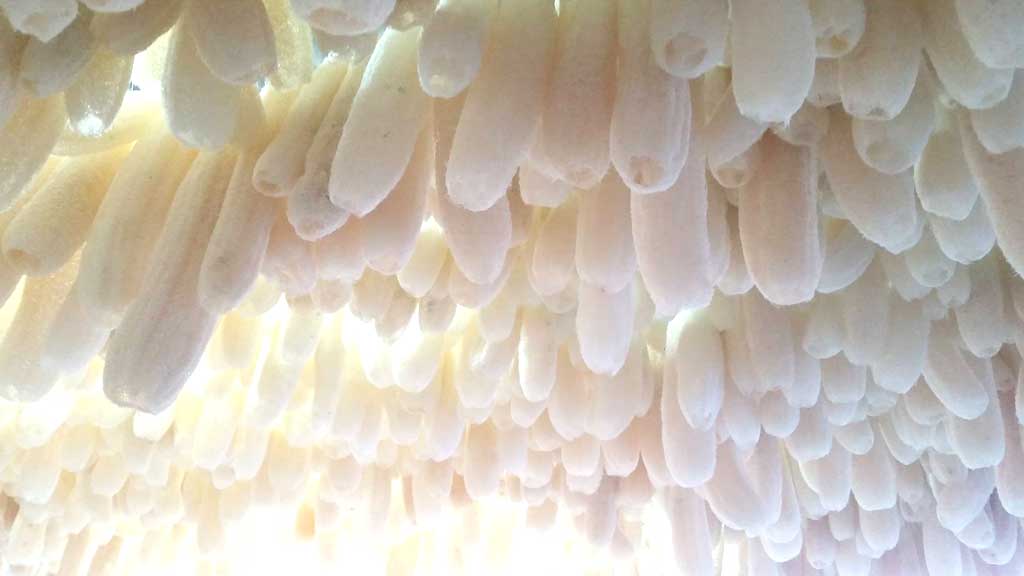
What is a loofah sponge? Benefits, uses & sustainability
Share
What is a loofah sponge?

In a world where sustainability and eco-friendly alternatives are becoming increasingly important, the loofah sponge is making a remarkable comeback. But what exactly is a loofah sponge, how is it used, and why is it a real alternative to conventional plastic sponges? In this article, you’ll learn everything you need to know about this natural product.
Where does the loofah sponge come from?

The loofah sponge (also spelled luffah or loofa) comes from the dried fruit of the luffa plant, a climbing vine in the gourd family. Originally native to tropical and subtropical regions, it is now mainly grown in countries like Spain, India, Egypt, and Thailand. After harvesting, the fruit is dried, peeled, and de-seeded—leaving behind the fibrous skeleton we know as the loofah sponge.
The advantages of loofah over plastic sponges
-
Biodegradable: Loofah is a completely natural product that decomposes fully without leaving harmful residues.
-
Eco-friendly production: Unlike synthetic sponges, loofah comes from renewable plant sources.
-
Skin-friendly: The natural fibers gently exfoliate and help stimulate blood circulation—perfect for body care.
-
Versatile: Great for the bathroom, kitchen, or household cleaning—loofahs are true multitaskers.
-
Durable: With proper care, a loofah sponge can last for several weeks.

Using loofah for body care
Loofah sponges are especially popular for exfoliation during showers. Simply wet the sponge, optionally add a bit of shower gel, and gently massage the skin in circular motions. This removes impurities while revitalizing the skin. After use, rinse it thoroughly and store it in a dry, well-ventilated place.
Using loofah around the home
Loofahs also perform well in the kitchen: they’re great for washing dishes, cleaning countertops, or even as a natural soap dish. Since they release no microplastics, they’re an ideal choice for eco-conscious households.
Where does our loofah come from?
Our sponges come from sustainable cultivation in Galicia, Spain—a lush, traditionally rich region in the northwest of the Iberian Peninsula. Galicia is known for its mild and humid climate, which provides perfect conditions for growing loofah plants. Particularly noteworthy is its proximity to the famous Camino de Santiago (Way of St. James), which passes through the region and plays a key role in European cultural history. This historic and natural setting reflects the values of nature, craftsmanship, and sustainability that are at the heart of our production.
Visit www.luffa.esponjas.com to learn more about our farm and traditional processing methods. We place great value on environmental responsibility, fair working conditions, and premium quality.
Conclusion: A small sponge with a big impact
A loofah sponge is more than just a body care item. It represents a more conscious and eco-friendly lifestyle—without compromising on comfort or quality. Whether in the shower or in the kitchen: try it out and feel the difference.